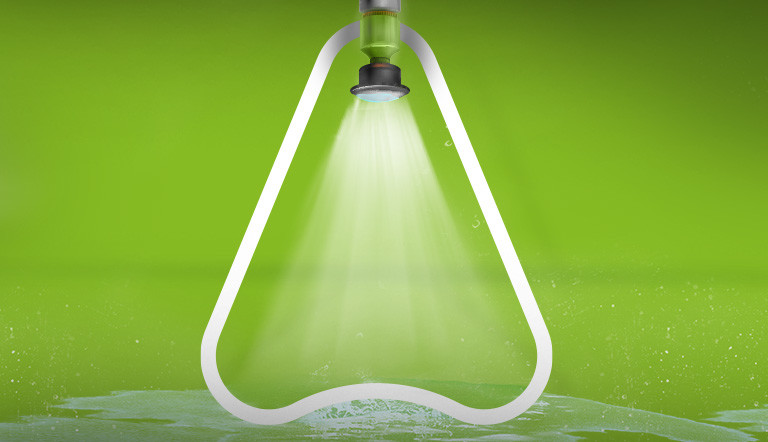
Conditioning Water for Consistent Uptake

Under “perfect” spraying conditions (namely a well hydrated cuticle from morning dew) the “condition” of spray water may have little to no effect on herbicide uptake for good efficacy. But rarely are conditions perfect.
Herbicides that form weak acids (ex. glufosinate, clethodim) are challenged by hard water cations1, which are attracted to the negatively charged herbicide and form combinations that are difficult to get into the weedy target. The sulfate ions in conditioned water help keep the cations away from the herbicide, allowing for better uptake and improved efficacy.
Most applications in the USA are made with conditioned water (generally ammonium sulfate – AMS). Conditioning spray water is less common in Canada, likely due to Canadian research that didn’t find the practice consistently beneficial. However, it is consistency that water conditioning ultimately aims to improve.
This ability of AMS to help improve the performance consistency of certain herbicides, particularly when dealing with known hard water (ie. wells drilled into limestone) has more people considering the practice, which then raises the question of how much AMS is needed?
A general recommendation from suppliers of liquid AMS is 1 L/ac of product. And while this rate seems to work, there is research from the USA1 that uses water analysis to help determine more accurate rates of AMS per volume of water.
Given that few producers have water quality analysis, the standard of 1 L/ac of liquid AMS is probably a solid starting point. However, if water is known to be very hard (iron is actually the most detrimental), higher rates of AMS may be beneficial, and a water analysis may be helpful to determine optimal rates.
If you have questions about water conditioning and how this practice may impact the performance of ADAMA’s products, please contact us to get in touch with your local Technical Sales Agronomist. Additional information on ADAMA’s crop protection products can be found here.
Drew Thompson
Technical Sales Agronomist – Eastern Canada